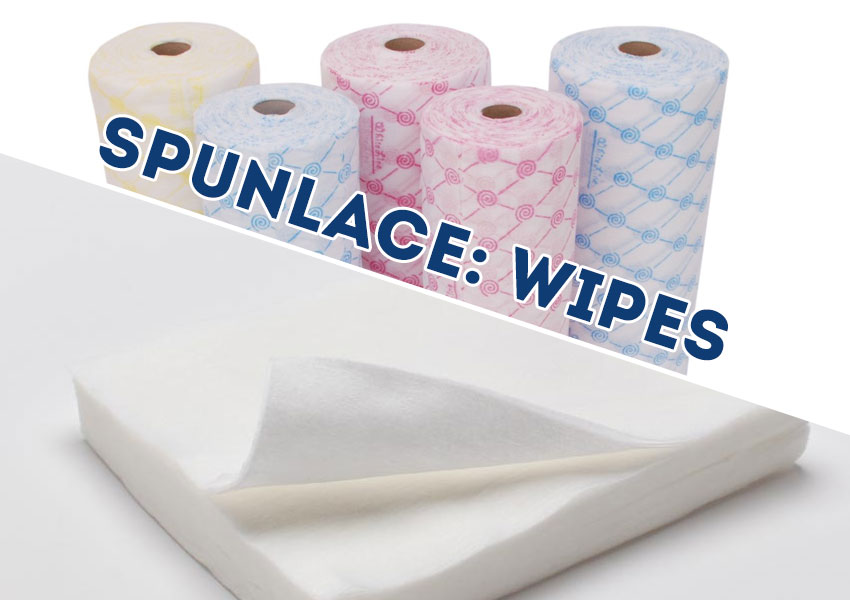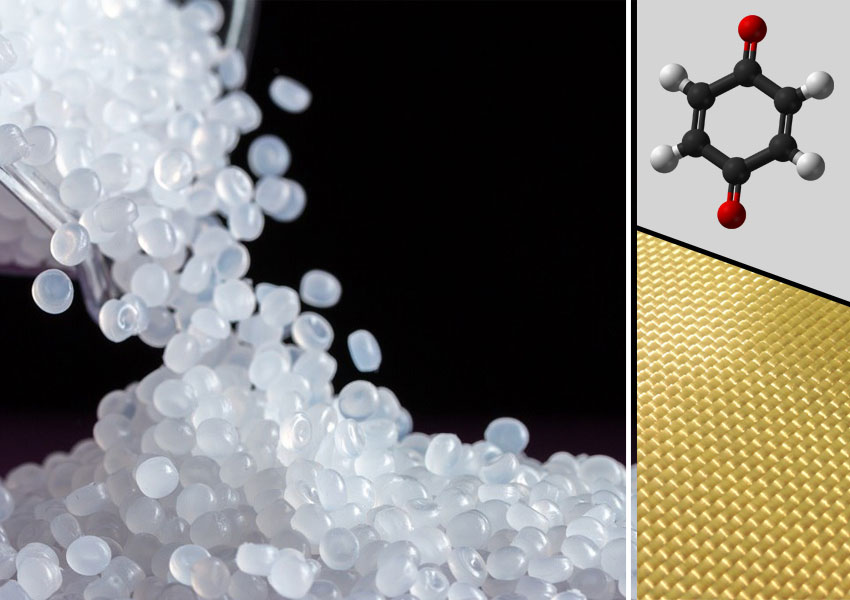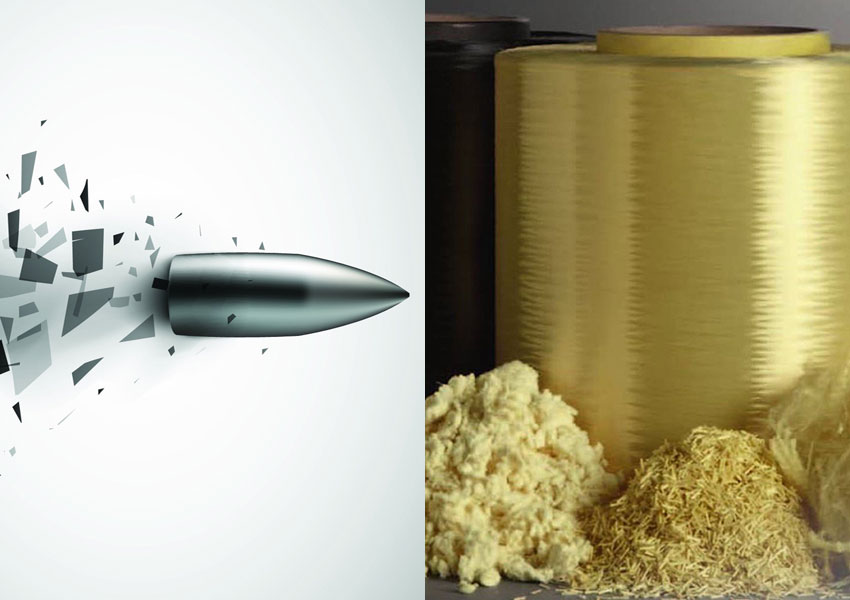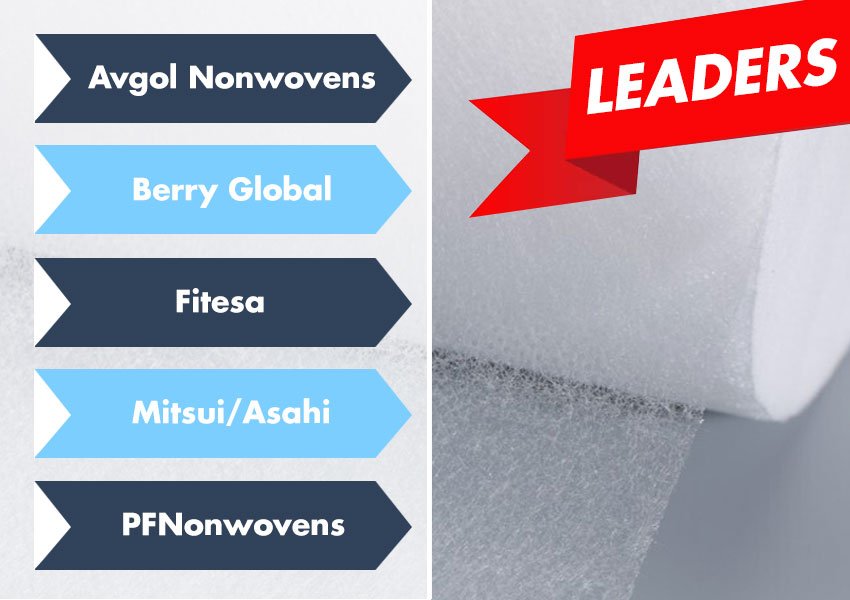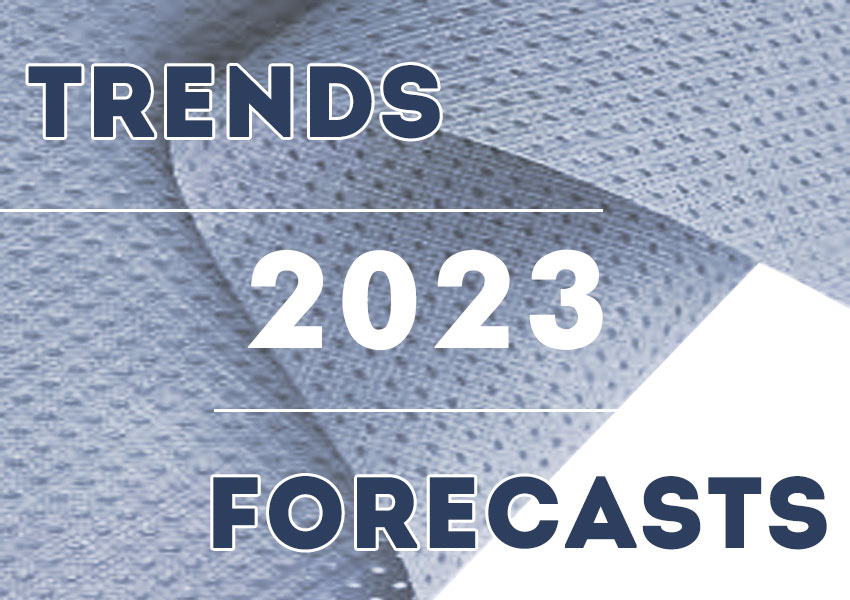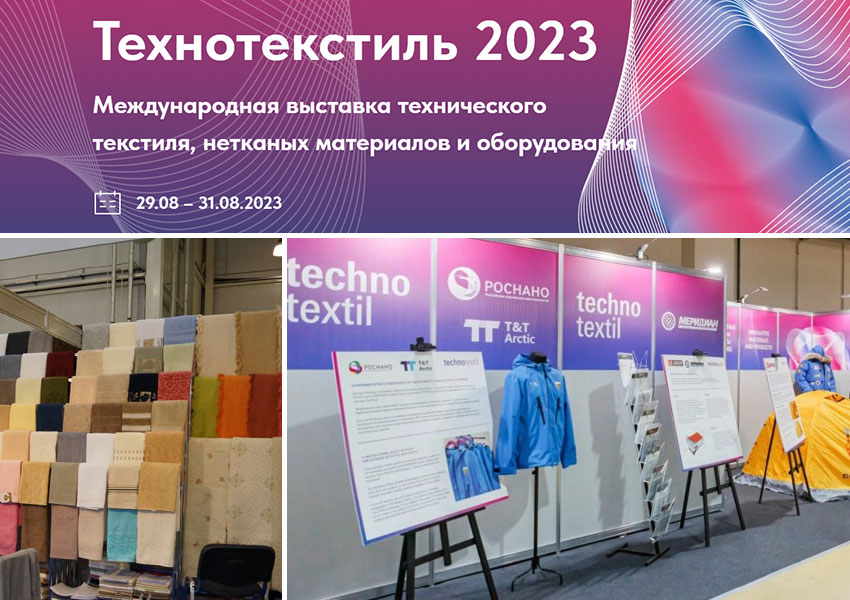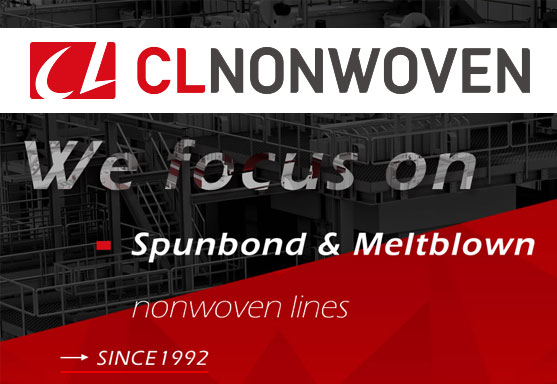Publications
Last
Advertisement
Partners


Farè at INDEX 2020 - customized solutions for the production of nonwovens
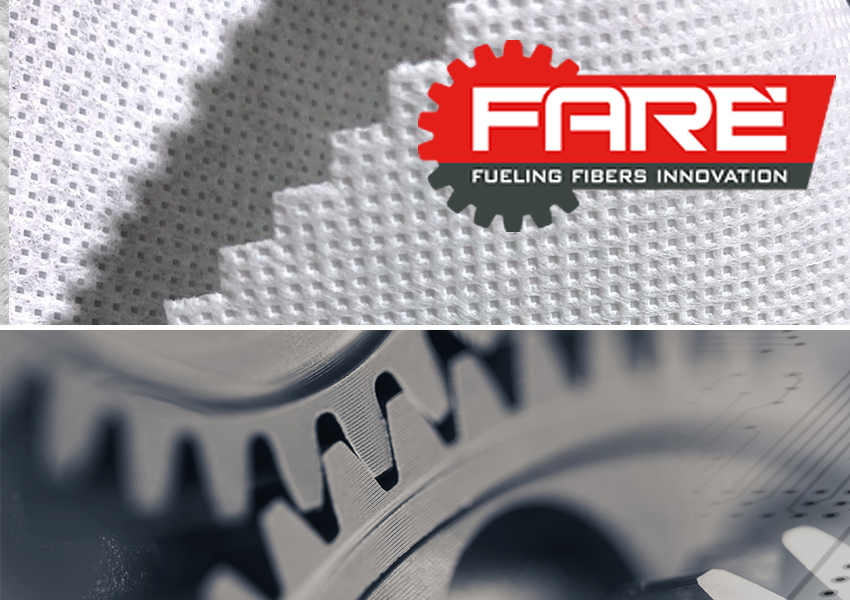
The company develops complete systems spunbond, meltblown and composite. With more than 500 production lines operating worldwide in its engineering portfolio, Farè has been designing and manufacturing equipment for the production of synthetic fibers by extrusion of various polymers since 1970.
His projects provide the customer with ready-made solutions for several applications.Farè manufacturers complete spunbond, meltblown and composite systems with individual solutions for the production of nonwovens suitable to meet all market requirements: from hygienic materials with a density of 8 g/m2 to technical applications with a density of up to 1000 g/m2. Configurations are available for mono- or two-component layouts of high-strength nonwovens and high-strength nonwovens.
- Spunbond:from 1 beam (S) to 3 beams (SSS)
- Composite:spunbond combined with meltblown: from 3 beams (SMS) to 6 beams (SSMMMS)
- Meltblown: from 1 beam (M) to 2 beams (MM)
 Farè also produces lines for the production of a wide range of staple fibers, such as solid fibers, hollow fibers, neutral and colored fibers.
Farè also produces lines for the production of a wide range of staple fibers, such as solid fibers, hollow fibers, neutral and colored fibers.
Line configurations with mono- or two-component layout are available:
- one-step process: from polymer to fiber in one installation. The low conversion costs and high flexibility of the technology make this solution a very attractive answer to most market requirements.
- two-stage process: for high-speed production of special fibers. Due to the high spinning speed, the two-stage process is the right solution for the production of special fibers (especially cotton) and is the right choice when the staple fiber production line is located after polymerization or polycondensation system (direct molding).
An extrusion system without PET drying is available for all technologies, which makes it possible to overcome all the typical problems associated with the processing of PET flakes, such as: uneven viscosity and bulk density, the presence of pollutants, dust formation, etc.
Along with this, the system provides the following advantages: optimized homogenization of the melt, efficient degassing of the melt and lower degradation of the polymer, maximum process flexibility with the possibility of processing up to 100% recycled bottle flex and gPET in granules, lower energy consumption by reducing the area of the equipment.

